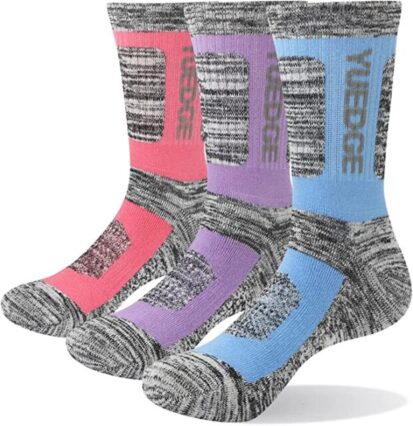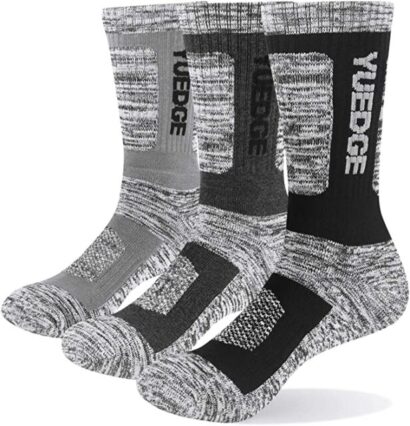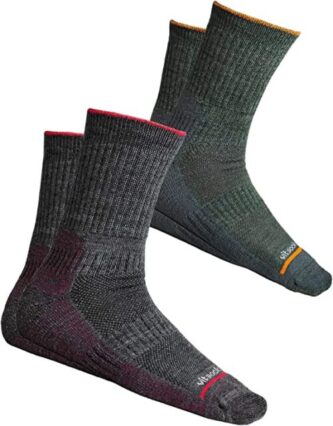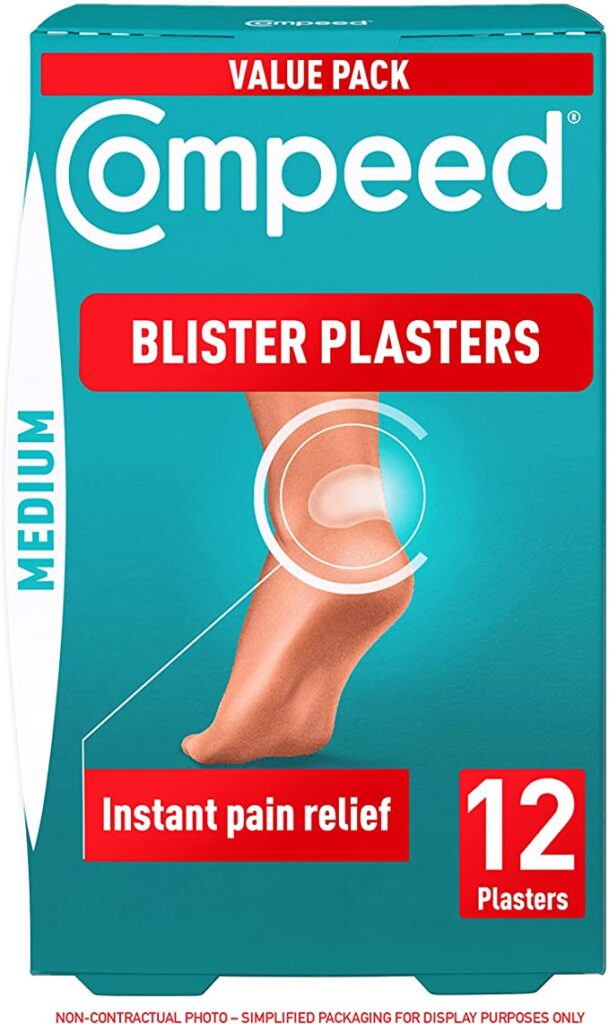Wondering how to prevent blisters? We have all experienced the wincing step after step pain of a blister or two on our hikes or runs, they can go from a minor annoyance to a incredibly painful sore if left untreated, bringing a walk or run to an abrupt and premature stop. Fortunately there are many things we can do to prevent blisters from forming, as well as ways you can treat them once one was appeared.
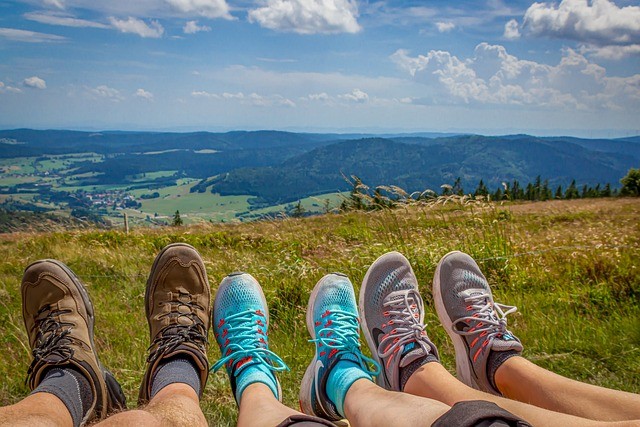
Blisters are fluid filled sac’s caused by friction(or heat from a burn) that can be prevented by eliminating rubbing, toughening and protecting the skin and by keeping your feet cool and dry.
Here are a few tips to reduce the risk of blisters on your next outdoor adventure.
Find the best footwear fit
Getting your footwear fitting right is the first preventative treatment of blisters. It isn’t just new walking boots or running shoes that can cause blisters, but badly fitted ones too. Whether they are too tight or too lose, it has the same effect, especially in the areas of toes, heel, soles and ankles.
Cramped toes can not only risk blisters forming, but could also lead to blackened toenails which could eventually cause the loss of a toenail after a long walk or run. Everyone’s feet are different sizes and shapes, finding a shoe or boot to suit your unique feet is the first step to eliminated blister risks and there are many boots for wide feet, and boots for narrow feet available.
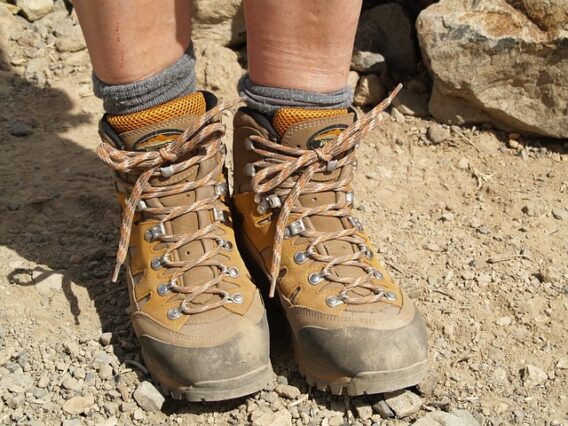
New shoes or boots, even the correct size and fit, can hit areas of your foot or ankle they are not accustomed to, and are a common source of many blisters. So, its important to break them in with many small journeys before venturing out on a long expedition.
With shoes or boots it is also important to remove sand, small stones or stalks from them before wearing. This is a common source of discomfort and blisters that we sometimes soldier through, only later wishing we’d removed earlier.
Condition your Feet
Try walking more barefoot around your home, or wherever possible in order to toughen your feet and harden your skin. This will encourage callouses to grow on your feet, protecting your feet with tougher areas of skin.
If necessary, there are creams available to prevent callouses getting too dry and causing another problem in itself. It is also important to increase time and distances gradually to allow natural development of tougher skin as you go.
Reduce Friction
Another way to prevent blisters is to reduce friction. Blisters are a friction burn caused by your feet chafing. Reducing the friction will lessen the risk of blisters as your skin will slide rather than rub. Experiment with different products to find which ones works best for you.
Many products exist from basic petroleum jelly (though this can cause a mess inside socks) to custom made lubricants such as Body Glide, made with plant waxes or powdered silicon that have been tried and tested for decades.
Choose the Right Socks to Prevent Blisters
Avoid cotton socks as they tend to hold moisture like sweat against the skin, softening it, which combined with friction cause the formation of blisters. Instead chose a synthetic material or combination material that allows your foot to breathe and wick away sweat. Alternatively you could use a good quality walking sock made of Merino wool with similar wicking and breathing features.
Choosing the right sock thickness is also a crucial decision to be made, as it will change the volume of your foot and how your footwear fits, adding or subtracting from your foot comfort. Another thing to consider is where the seams are placed, potentially putting seams in a place that could cause blisters. Good walking and running socks will keep seams away from blister prone areas. Finally, on a long hike, packing a spare pair of socks can make a huge difference if they get wet from weather or heavy sweating.
Use Blister Patches to Prevent Blisters
Another option is to use blister patches in vulnerable areas, If while walking and notice an area that is beginning to rub and becoming uncomfortable, stop and apply a blister patch before it gets too bad and ruins your hike.
Alternatively, add them before your walk if you know exactly where blisters tend to form. Many sizes are available and are a cheap product to pop into your pocket or rucksack.
Treating Blisters
If you are unfortunate enough to get a blister the most important thing is to treat it as fast as possible at the earliest signs, saving it from getting worse. The first thing is to cover it with a soft plaster or blister patch to stop it progressing. Avoid wrinkling the covering as that could actually make the situation worse.
Don’t try to burst the blister (or if it has already burst, don’t pull off the loose skin), as this could lead to infection. Secondly, allow the blister to drain naturally and reabsorb on its own. Keep the area dry and clean, while keeping an eye out for excessive pain, redness, swelling, heat or pus which could mean an infection that may need medical attention.
The Best Ways to Prevent Blisters
Whether running or walking, knowing how to prevent blisters can make the difference between and enjoyable day out and a painful experience you’d soon rather forget. The most important thing is well-fitted footwear combined with socks that allow wicking of moisture. Secondly, reduce friction in the form of extra padded patches or lubricating products like chafe sticks or balm. Lastly, stop and treat any blister that does form at the earliest opportunity.


